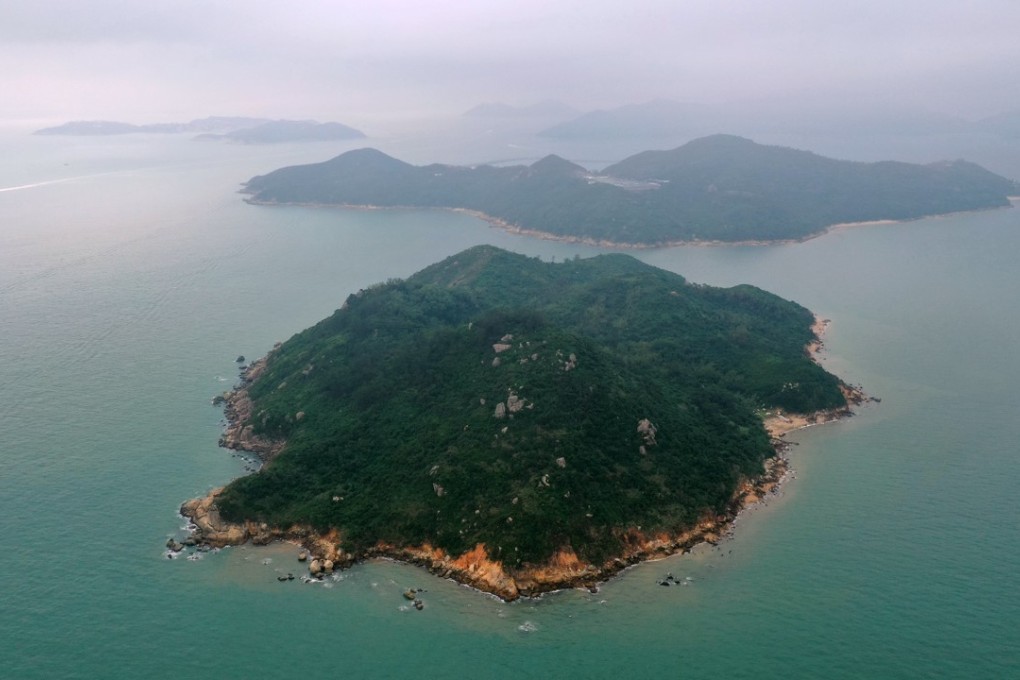Letters | Carrie Lam’s Lantau Tomorrow Vision is riven with contradictions that defeat its purpose
- From its population estimates to financial planning, the project to create artificial islands to the east of Lantau by reclamation raises many questions

Claim: Lantau Tomorrow will end the long wait for public housing and get people out of partitioned flats. Contradiction: It will not be ready for habitation for at least another 15 years, and will have no effect on the current housing shortage.
Claim: Lantau Tomorrow will create more living space, improving quality of life for residents. Contradiction: With 1.1 million residents on 1,700 hectares, the population density of 64,000 residents per square kilometre makes Lantau Tomorrow even more congested than Hong Kong’s most congested district, Kwun Tong, which has 57,000 residents per square kilometre.
Claim: Revenue from land sales will cover the cost of construction, making it a fabulous investment. Contradiction: Simple financial analysis shows that selling the land at a high enough price to make a profit will make the housing to be constructed on it unaffordable.